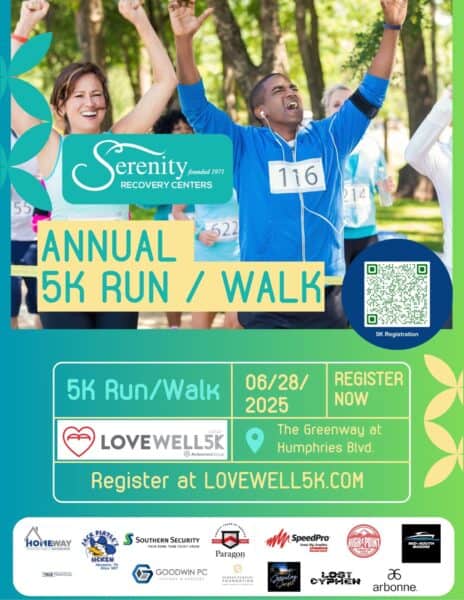Drug overdose is the leading cause of unintentional death in the United States. Opioid addiction is driving the epidemic. The Public Health Institute believes that solving the opioid crisis will be a collective effort. Doctors, pharmacists, parents, teachers, law enforcement, and mental health providers all have important roles to play. Communities that work together can launch initiatives that prioritize proven strategies that help prevent and treat overdoses.
What Depression and Addiction Have in Common
The opioid epidemic is having a devastating impact on communities in every state nationwide. In 2016, California had nearly 2,000 opioid overdose deaths. In late 2015, the California Health Care Foundation (CHCF) launched a statewide network of 16 coalitions in 23 counties. It focused on three priority strategies:
- Safe opioid prescribing
- Use of medication-assisted addiction treatment (MAT)
- Naloxone access to reverse drug overdoses
What Happened?
Two years later, in 2017, the Public Health Institute conducted an assessment of the California Health Care Foundation’s network of opioid safety coalitions. They wanted to identify which of their strategies were working at the local level. They found that more than 90% of coalitions adopted safer prescription guidelines. More than 75% increased access to naloxone. And more than 50% expanded the use of medication-assisted addiction treatment.
Health and Human Services 5-Point Strategy
Along with changes at the local level like noted above, the HHS has launched a strategy to
empower local communities on the frontlines. Here is an outline of their 5-point strategy.
1. Access: Better prevention, treatment, and recovery services
HHS issued over $800 million in grants in 2017 to support treatment, prevention, and recovery. They also made it easier for states to receive waivers to cover treatment through their Medicaid programs.
2. Data: Better data on the opioid epidemic
HHS is supporting more timely, specific public health data and reporting, including the acceleration of the CDC’s reporting of drug overdose data.
3. Pain: Better pain management
HHS wants to ensure payments, prescribing guidelines, and more promote healthy, evidence-based methods of pain management.
4. Overdoses: Better targeting of overdose-reversing drugs
HHS is working to target the availability of lifesaving overdose-reversing drugs. The President’s 2019 budget included $74 million in new investments to support this goal.
5. Research: Better research on pain and addiction
HHS is supporting cutting edge research on pain and addiction, including a new NIH public-private partnership.
Conclusion
In many ways, we’re still in the early stages of the fight to end the opioid crisis. But we’ve already come a long way. The battle will be won on the local level with the support of local, state, and federal agencies. Coalitions like the ones in California are demonstrating how we prescribe opioids, treat addiction, and stop overdose makes a difference. HHS efforts to make federal resources available and fund research for more effective methods are making a big impact as well. It’s still early, but we’re on the right path, and have our best working on it.
Are you or a loved one struggling with alcohol or other drugs? Call us to speak confidentially with a recovery expert now: (901) 521-1131 or visit our website serenityrecovery.org
